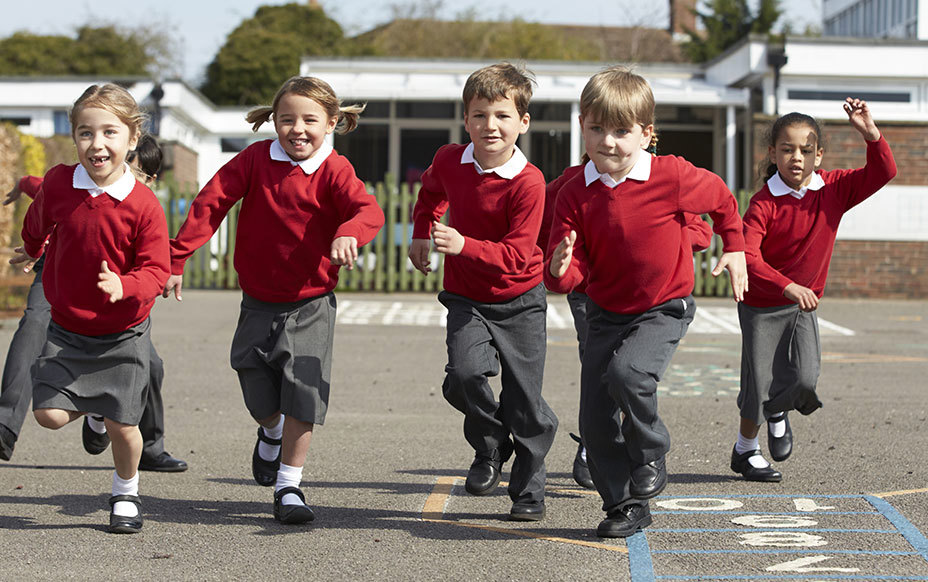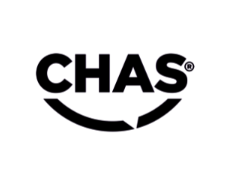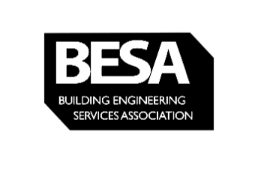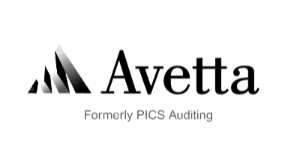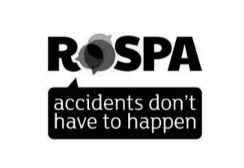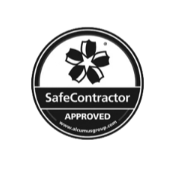Education plays a crucial role in the development of children – not only in terms of academic achievement, but also in developing valuable life skills. For young pupils to get the best start to their education, it’s important that primary schools are equipped with everything they need for a safe and comfortable learning environment.
Proper hygiene is a key part of this. Schools equipped with the right facilities (such as clean toilets and handwashing facilities) help to ensure the safety and wellbeing of their children, while setting high standards of hygiene from a young age.
On every educational premises, legislation exists to protect the rights of the staff and pupils present on site. Compliance with legislation is not just a legal requirement, it’s a safeguard. It represents a duty of care to those it protects.
With that in mind, here are some legislative requirements that may seem obvious, but should not be overlooked.
Hygiene
Guidance on Infection Control in Schools 2016 document states that “handwashing is one of the most important ways of controlling the spread of infections, especially those that cause diarrhoea and vomiting, and respiratory disease”.
- The recommended method is the use of liquid soap, warm water and paper towels
- Always wash hands after using the toilet, before eating or handling food, and after handling animals.
With close proximity to their fellow pupils, children can easily become infected by bacteria and viruses within the classroom. Having the right hygiene precautions in place, such as well-maintained handwashing facilities with liquid soap and paper towels , will help to minimise the risk of germs spreading and causing students to take time off school.
It’s also a well-known fact that young children can also become anxious around noisy hand dryers, which makes the Airstream Whisper the ideal fit for primary schools. As one of the quietest hand dryers in its class, it is the perfect solution for primary schools, nurseries, offices or locations where a discreet hand drying solution is required.
Safety
Excitable young pupils may not always take the appropriate level of care when moving around a school. Slips and trips are the most common cause of injury in schools and colleges, with contaminants on the floor being the main factor. Did you know that, on average, an entrance mat absorbs so much dirt that it becomes ineffective in just 2 weeks? As legislation requires that “suitable space is provided in order to enable pupils to play outside” , inevitably those pupils will need to return to the building. Installing entrance matting and encouraging pupils to wipe their feet will not only reduce slip hazards but increase the cleanliness of the school’s floors.
Health
If there’s anywhere a child could have an accident, it’s at school. Kids will be kids, as they say, and as such schools must have accommodation for “the medical examination and treatment of pupils ”. This process will inevitably produce some kind of waste, for example swabs and dressings . It’s your responsibility to ensure that adequate facilities are present on site and to arrange the safe and reliable collection and disposal of any subsequent waste.
Research shows that the air we share in the workplace can negatively affect our health, wellbeing and productivity.
Public spaces like schools are breeding grounds for bacteria, viruses, dust, allergens and odours. While we all recognise the need to wash our hands and clean common surfaces like doors, tabletops, bathrooms, toilets, etc., It’s not enough. We need to clean the air. With air quality an issue in many inner city areas and indoor air containing up to five times more contaminants than outdoor air, our air purification products improve the air quality in schools, to create a more hygienic and welcoming environment.





























